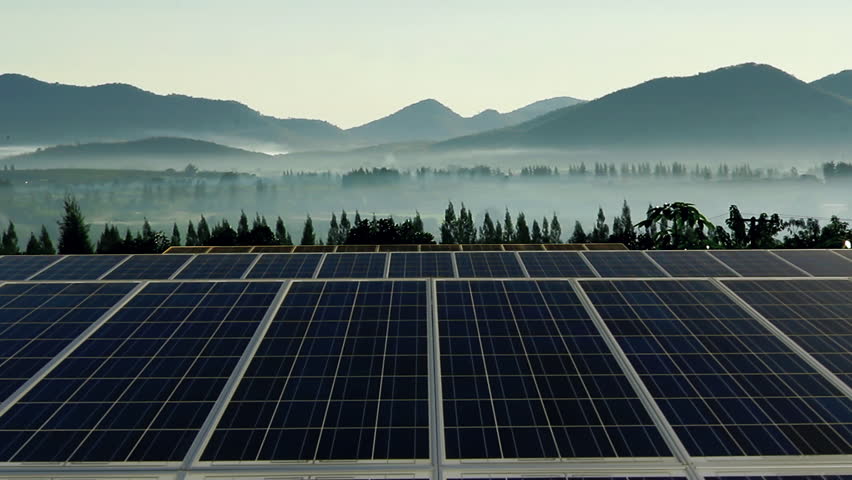Different types of solar systems

For those who dream big about going solar, or for those who have been happily solar for a while, the smaller utility bills and the satisfaction of their contribution to a greener world should be fulfilling enough. For those whose dream is even bigger and greener, there are more steps to consider. Their solar systems can be converted in one of three ways to generate more independent power, to generate and sell electricity back to the utility company, or to even go off the grid completely.
Photovoltaic Systems Worth Trying
The Hybrid System (or grid-intertied with battery back-ups)
This system uses solar panels for most of their electric generation, but, when needed, backup generators, such as an internal combustion engine supplies extra power in periods of low (or no) sun conditions. The engine can be run on bio-diesel, diesel gasoline, or propane, depending on the configuration of the machine.
Generators will produce AC power that a battery charger (either stand alone or incorporated into an inverter) will change to DC. The internal combustion engines can definitely be loud and stinky, but you can also minimize this unpleasant condition because in periods of an abundance of sunlight, the array can be used to charge the battery. Also, if the solar-electric system has been well and wisely designed, it will only require the generator to run 50-200 hours a year.
The Grid (or utility intertied) System
This system uses solar panels for a portion of the electric generation, but remains hooked up to the local electric utility lines for back up electricity. Some systems don’t have any battery backup, but routes any excess electricity to the utility grid for other customers.
This offsets your energy bill and you get credit to use in periods of low sun, or may even turn the electricity meter backwards! This arrangement is not possible in all states or utility companies. Call your local utility to see if this system is in use in your area.
The Stand Alone (or off-grid photovoltaic system)
There is no hook-up to the electricity grid at all. This system requires knowledge of how the basic functions and elements of their systems work. This means that this system should be installed by a professional installer.
Among the components needed are: a backup generator for periods of low sun, (some true greens avoid this because it is noisy and polluting), and an inverter which converts DC to AC energy, some rewiring of the house, and a whole lot of commitment to this particular project!
But no matter which option you choose, with solar energy you will be better off than when totally dependent on fossil fuels.
Congratulations @lenka-r! You received a personal award!
Click here to view your Board
Congratulations @lenka-r! You received a personal award!
You can view your badges on your Steem Board and compare to others on the Steem Ranking
Vote for @Steemitboard as a witness to get one more award and increased upvotes!